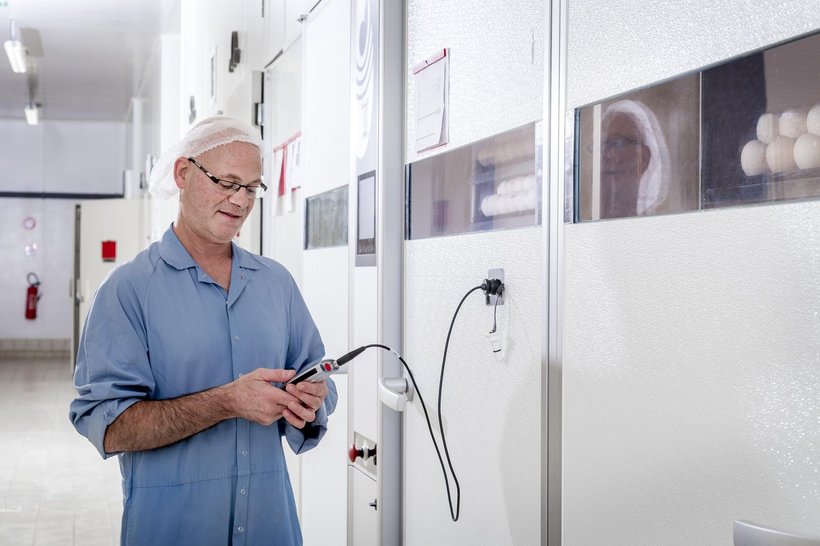
Published on July 14, 2017
Summer Hatching - What do you need to watch for?
The first successful artificial hatch of eggs dates back hundreds of years and occurred in ancient Egypt, where the climate was that of a desert: hot and dry. Hatchery workers understood that egg shell temperature had a direct relation to the quality and survival of an embryo. Interestingly, they would measure the temperature of the egg shells by using their eyelids as this was considered the most sensitive part of the body for temperature evaluation. They also counted on the fact that the dry desert weather meant low humidity in the air.
The tools we use today are a little more sophisticated than measurement by eyelids, but the basic concept has not changed. When I’m visiting with hatchery customers all over the world, I stress to them the importance of monitoring and controlling temperature and humidity; especially during the summer season. Keeping both factors within the correct range will mean that the embryo can develop properly. There are a number of other areas that can affect hatchability during the summer months, such as farm conditions and health of laying hens as well as transportation and storage of eggs.
Incubation is the most important stage when it comes to proper embryo development, and humidity and temperature play a major role in a successful hatch. Proper moisture loss, also known as egg weight loss, during incubation creates an adequate air cell inside the egg. The best hatchability occurs when the weight loss of the egg is between 10 and 14% to create a sufficient air cell. This air cell must be large enough at internal pipping for lung ventilation to begin.
When humidity is too high, the eggs cannot lose enough water and there is not enough airspace to support the poult’s respiration. The poult will then have difficulty breaking out of the shell, and the lack of adequate airspace can also contribute to navel wicks or the presence of leg damage. In addition to humidity, it is important to carefully monitor that the egg temperature remains within the correct profile for each stage of incubation.
Proper storage and incubation conditions, especially during hot weather, will ensure top quality poults are hatched every time. To safeguard your eggs from extreme summer weather, do as the Egyptians did and keep an “eye” on temperature and humidity.
For more information on hatching eggs during the summer season please download my recent whitepaper titled “The management of hatching eggs during hot weather”.



